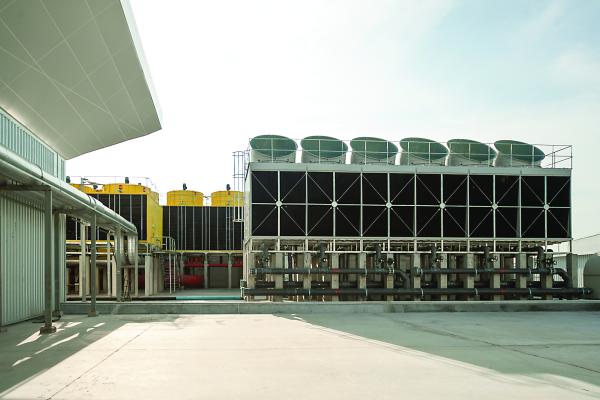Evaporative Cooling
How often do you think about your cooling tower or the fill that provides the cooling engine for your process? Unfortunately, if you’re like many plant operators, your cooling tower is but one piece of equipment in your large facility, and its ranking on your priority list is probably lower than many other expensive and more intricate pieces of equipment in your plant.
For decades, evaporative cooling has been the principal means to regulate the temperature of buildings. And with more than 50% of total building water usage dedicated to heat transfer, there are major opportunities for water savings.
[ Read Full Story ]
Cooling towers can use several power transmission technologies, including a gear drive, belt drive, direct drive, and electronically commutated (EC) drive. Each has advantages and disadvantages. The proper selection strikes an appropriate balance of initial cost versus operating costs.
[ Read Full Story ]
Anecdotal reports from users of Tower Tech cooling towers across the U.S. have indicated the Tower Tech design provides substantial savings to the customer both in terms of lower chemical treatment requirements and substantial water savings. There are a number of mechanisms by which the Tower Tech design facilitates efficient, lower cost water treatment and usage. A few are described in this article.
[ Read Full Story ]
This major mill complex upgraded their compressed air system and thereby eliminated $500,000 in annual rental compressor costs, reduced annual cooling-water costs by $500,000, and reduced electrical energy costs by $135,000 per year.
[ Read Full Story ]
There are several pieces of information that your cooling system specialist will need in order to properly engineer and build a cooling system for your new air compressor. There are many types of air compressors and each has different requirements of the cooling system in order to operate correctly. This article will take the mystery out of some of the terms and specifications for your cooling system.
[ Read Full Story ]

